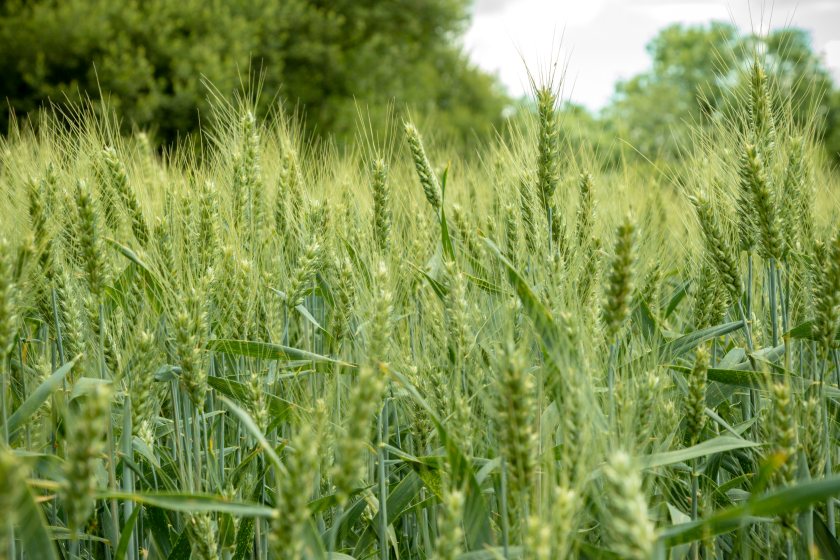
Rain has finally reached UK farmland after a parched spring—but for many growers, the much-needed relief may have come too late to undo the damage.
Crops are showing uneven signs of recovery following rainfall in late May and early June, according to the latest crop condition report from AHDB and RSK ADAS Ltd.
While the showers have helped to stabilise many winter crops and spring wheat, ongoing water shortages—particularly in the eastern and southern regions—continue to threaten yields and hinder development.
Moisture availability remains the overriding concern nationwide. Despite the rainfall, the volumes were patchy and often insufficient to restore soil moisture levels following the prolonged dry spell.
Some crops remain under considerable stress, with signs of early senescence indicating that harvests may begin slightly earlier than usual in drier regions.
Although certain fields are holding up well, varying rainfall patterns and differing soil types are contributing to highly inconsistent growing conditions.
“After a challenging spring, the rain has come just in time for some crops – but not all have benefited equally,” said Olivia Bonser, AHDB cereals & oilseeds senior analyst.
“In many areas, the dry weather has already limited tillering and crop height, which will inevitably affect yields.
"That said, there is still potential for a reasonable outcome if favourable weather continues before the end of grain fill.
“It’s a case of cautious optimism, with conditions varying widely from field to field,” she added.
According to the report, winter wheat has seen a modest improvement, with 38% of the crop now rated good or excellent—an increase from late May, but still well below the 56% recorded this time last year.
Thinner crop canopies have led to increased weed competition, although overall disease pressure remains low.
Winter barley has also improved slightly, with 50% rated good or excellent, though this remains behind last year’s figure of 69%. Harvest in the South East is expected to begin by mid-July, with other regions following in the weeks after.
Winter oats are performing more positively, with 55% of crops now rated good or excellent, and a notable drop in poorly performing fields compared to last year.
Winter oilseed rape (OSR) is among the season’s more resilient crops, with 55% rated good or excellent, AHDB and RSK ADAS note.
Pest and disease pressures remain low, and seed development is progressing well, with harvesting set to begin in mid-to-late July in southern and eastern areas.
Spring crops have faced greater challenges. Just 51% of spring wheat is rated good or excellent—below typical levels for the time of year. Performance varies depending on sowing dates and local rainfall.
Spring barley has slipped slightly since May, with 52% now rated good or excellent, compared to 71% at this point last year.
Spring oats have been the hardest hit, with only 38% rated good or excellent—a dramatic fall from 77% in 2023. Many crops remain thin, stunted, and struggling, particularly on lighter soils.
Where crops are coping, grain size appears promising, but reduced tillering and limited canopy size have created significant uncertainty around overall yield potential. Stressed crops have also lost leaf area, which is likely to affect straw yields.
The report concludes that final outcomes will depend heavily on weather conditions over the coming weeks as crops progress through the critical grain-filling period.
